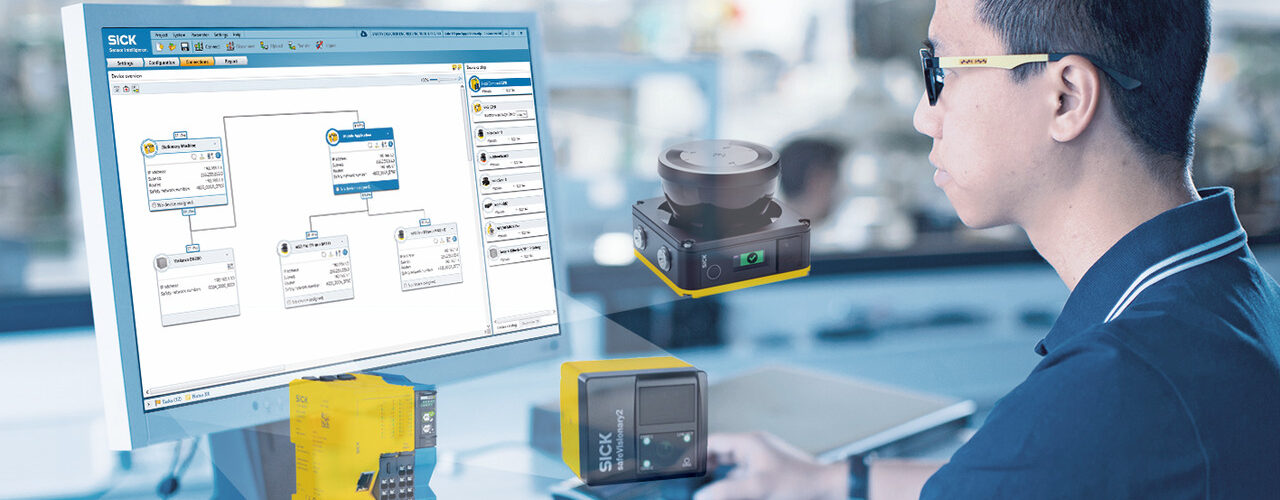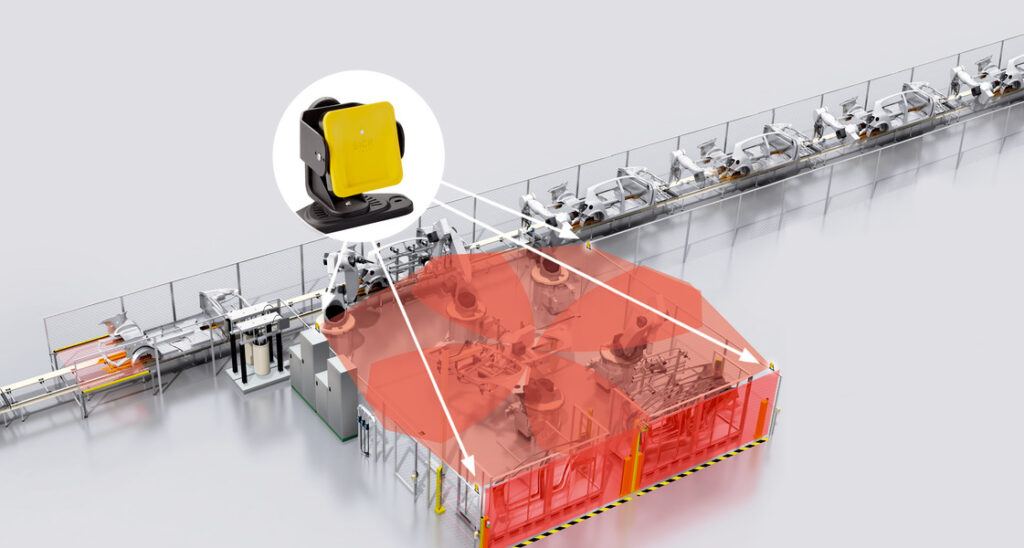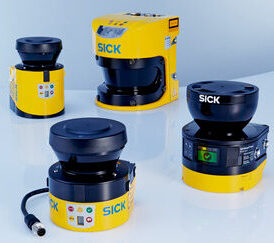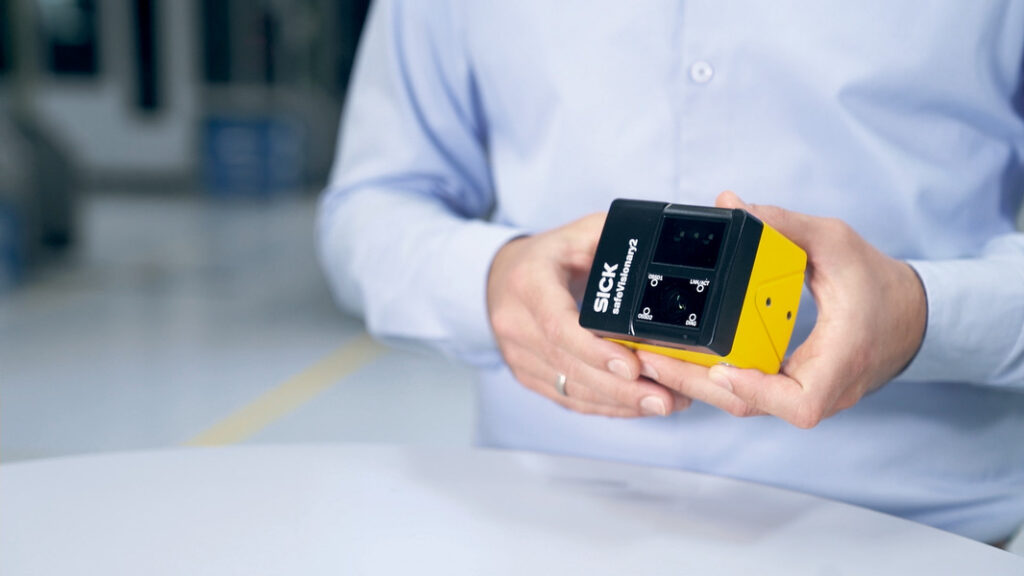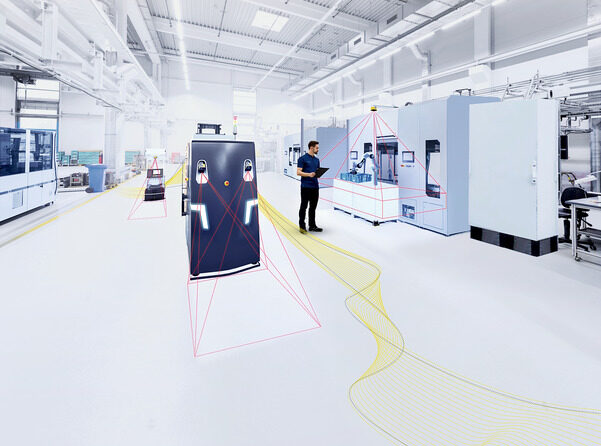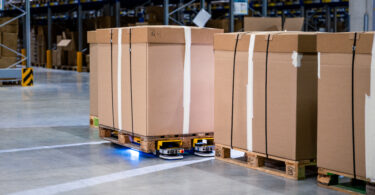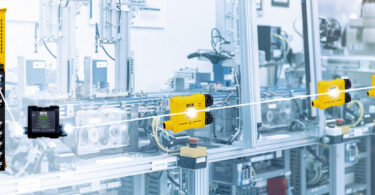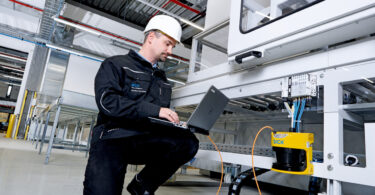A rundown of safety technology available through SICK and when you should use them
In the industrial automation space, safety is paramount. From workers to products, preventing accidents is a priority. To this end, a variety of safety technologies have been developed to ensure the safety of everyone and everything involved in the process.
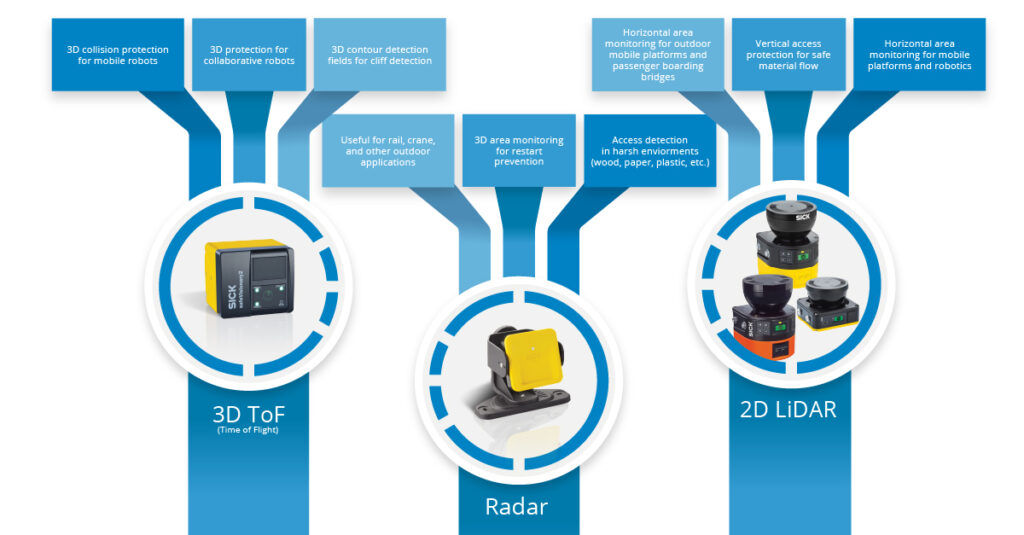
Radar, 2D LiDAR, and 3D Time of Flight (ToF) are three such technologies commonly used in industry. Each technology offers unique benefits and drawbacks, and it’s important to understand the differences between them to make an informed decision on which technology to implement.
What is Radar?
Radar is a type of electromagnetic wave-based sensing technology that uses radio waves to detect objects. When used in safety applications, radar can detect the presence of people or objects to stop hazardous motion of machines and prevent unexpected restarts.
Radar was first used in the manufacturing industry in the 1930s, when it was developed to detect aircrafts during World War II. It was then adapted for civilian use and has since become widely used in the manufacturing industry for a variety of applications. Safety-rated radar solutions are most commonly used to detect people and objects to stop hazardous motion and prevent unwanted restarts.
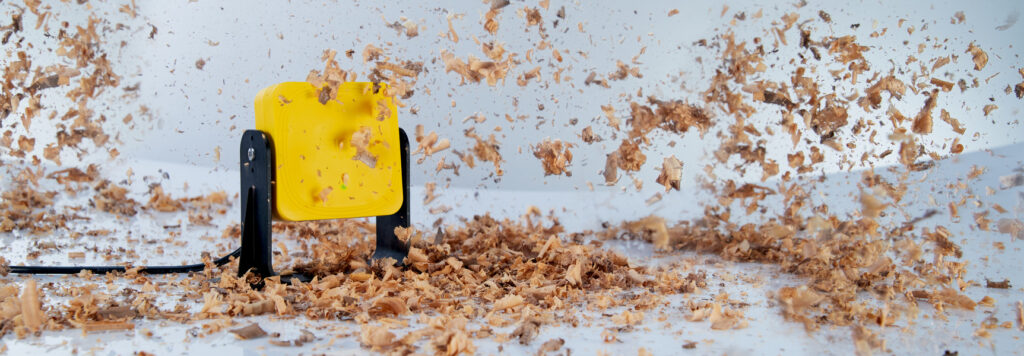
Main Features of Radar:
- Ability to Ignore Interfering Materials
- High Performance in Harsh Environments: Safety-rated radar from SICK offers protection class IP67, with operation at –40 °C to +60 °C. It also provides a high tolerance against contamination.
- Protective Fields: Solutions like the safeRS from SICK offers configurable field sizes and the ability to monitor up to four protective fields simultaneously.
What is 2D LiDAR?
2D LiDAR, or Light Detection and Ranging, is a type of laser-based sensing technology that uses light to detect objects. This technology is often used in safety applications that require coverage of large areas or complex contours.
It uses lasers to detect objects in a two-dimensional plane, providing detailed information about the environment. These sensors can be used to detect people and objects, measure distances, identify moving objects, and more. It can also be used to detect obstacles and prevent collisions in automated manufacturing processes.
2D LiDAR first began to be used in manufacturing in the early 2000s. Initially, it was used primarily in the automotive industry for collision avoidance systems. Since then, 2D LiDAR has been adopted in a variety of manufacturing industries, including robotics, logistics, and other production sites. It has become increasingly popular in recent years as the cost of the technology has decreased and its accuracy has improved.
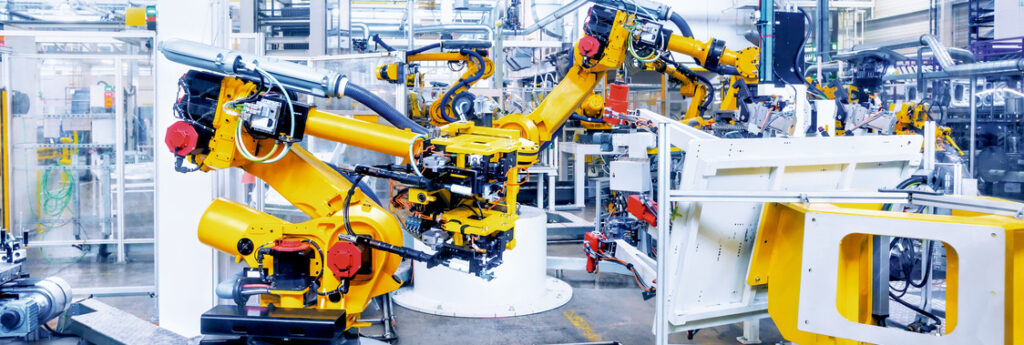
Additionally, 2D LiDAR can be used to monitor and detect changes in the environment. This can help ensure that the manufacturing process is safe and efficient. 2D LiDAR can be used in stationary or mobile applications. A typical stationary application may be horizontal area monitoring or vertical access protection. In a mobile application, simultaneous field protection for mobile robots or AGVs is available. This allows for gradual slow downs and stops, depending on what field an object or person enters.
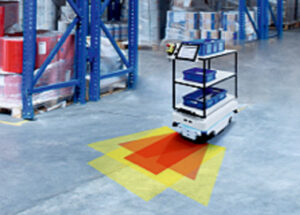
Main Features of 2D LiDARs:
- Obstacle detection: 2D LiDARs can detect obstacles and people in a space, which is essential for safety applications in manufacturing.
- High resolution scanning: The high-resolution scanning capabilities of 2D LiDARs allow for localization and navigation aided by highly accurate and precise measurement data.
- Fast reaction time: 2D LiDARs can detect objects quickly and accurately, which can be used to reduce response times in safety-critical applications.
- Safety-rated protective fields: 2D LiDARs can be used to map out protective fields in a manufacturing environment, allowing for the safe movement of people and machines.
- Real-time monitoring: 2D LiDARs provide real-time feedback and data, which can be used for safety checks and monitoring.
What is 3D Time of Flight (ToF)?
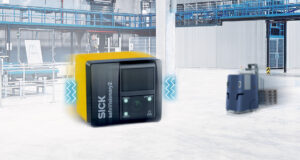
3D Time of Flight (ToF) is a type of optical-based sensing technology that uses light to detect objects. This technology works by emitting a light pulse and detecting the time it takes for the pulse to reflect off objects in the environment.
3D ToF is often used in safety applications that require detailed information about the environment. Using a light pulse, 3D ToF can create an accurate 3D map of the area being monitored. This map can then be used to detect objects and whether they are moving.
3D Time of Flight (ToF) technology was first used in manufacturing in the early 2000s. It was initially used for 3D imaging and scanning, but since then its use has grown to include a variety of applications. These applications include collision protection for mobile robots, 3D protection for collaborative robots, and object detection on conveying solutions.
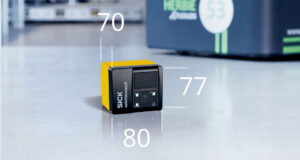
Main Features of 3D ToF:
- Accurate distance measurement: 3D time of flight sensors can measure the distance from the object to the sensor with very high accuracy, making it ideal for safety applications such as robot collision avoidance.
- Safe three-dimensional environment perception: Increases the safety and efficiency of your applications.
- Compact and lightweight: Small and lightweight, making them suitable for use in confined spaces.
- Precise measurement data: Reliably solves automation tasks, eliminating the need for to purchase additional hardware components.
- Rugged Design: The safeVisionary2 from SICK offers a compact shock- and vibration-resistant design with enclosure rating IP65 and IP67.
What Technology is Right for Your Application
When it comes time to determine which technology is right for your application, there are several factors to consider. Each technology offers unique benefits and drawbacks, so it’s important to understand the differences between them to make an informed decision.
All three technologies can be used to detect the presence of objects, collision avoidance, and to maintain safety in an industrial setting. Ultimately, the technology that is best suited for a particular application will depend on the specific needs of the user.
To learn more about these types of safety technology, contact a SICK representative today! Check out our infographic on this topic!


